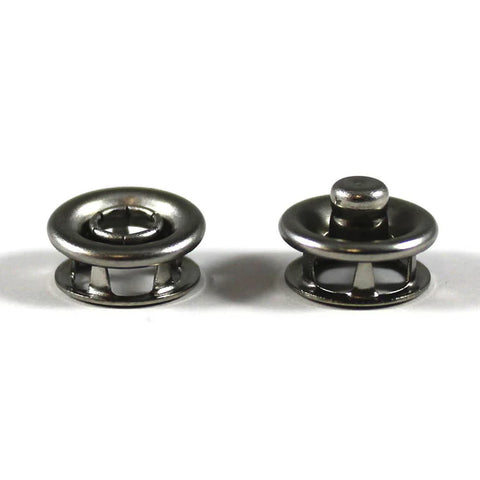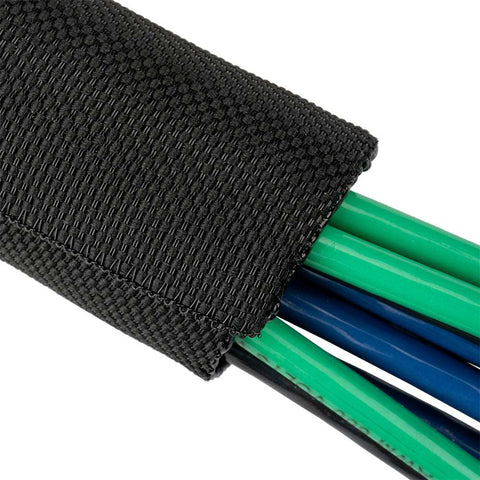Comparing Closing Methods: Snaps vs. Self-Closing
Introduction:
When it comes to cable bundling & protection with a quick and simple re-enterable installation, snap and self-closing wraps are common options. Understanding the differences between these closure methods will aid in choosing the right option for your application. In this article, we will compare Snap Closures to Self-Closing options, highlighting their characteristics and applications.
 |
 |
|
Snap ClosuresSnap closures will remain closed in high-flexing applications while allowing for cable breakouts between snaps. There is no need for an installation tool making the installation process simple. Snap closures also have the ability to be paired with different jacketing materials based on the application to create a customized solution. |
Self-ClosingSelf-closing options are ideal for applications that require frequent access to cables, such as temporary installations or situations where cables may need to be added or rearranged periodically. Installation is quick and easy as the self-wrapping sleeve requires no tools.
|
|
| View All Snap Closures | View All Self-Closing Closures |
Choosing the Right Closure Solution:
When choosing between snap closures and self-closing options for cable bundling, it’s vital to take into account your application's specific needs including the installation process and environmental factors. Snap closures will remain closed while still allowing your cables to flex. They also have the ability to be widely customized dependent on the application. Alternately, self-closing options allow for quick access and adjustments making them ideal for situations that require frequent cable access or rearrangement. Both options are well suited for simple installation and accessibility, but snap closures give more stability in high-flexing applications. Consulting with Zippertubing's technical design team can also help you determine the best closure method based on your specific needs, and ensure a successful cable management solution.


















